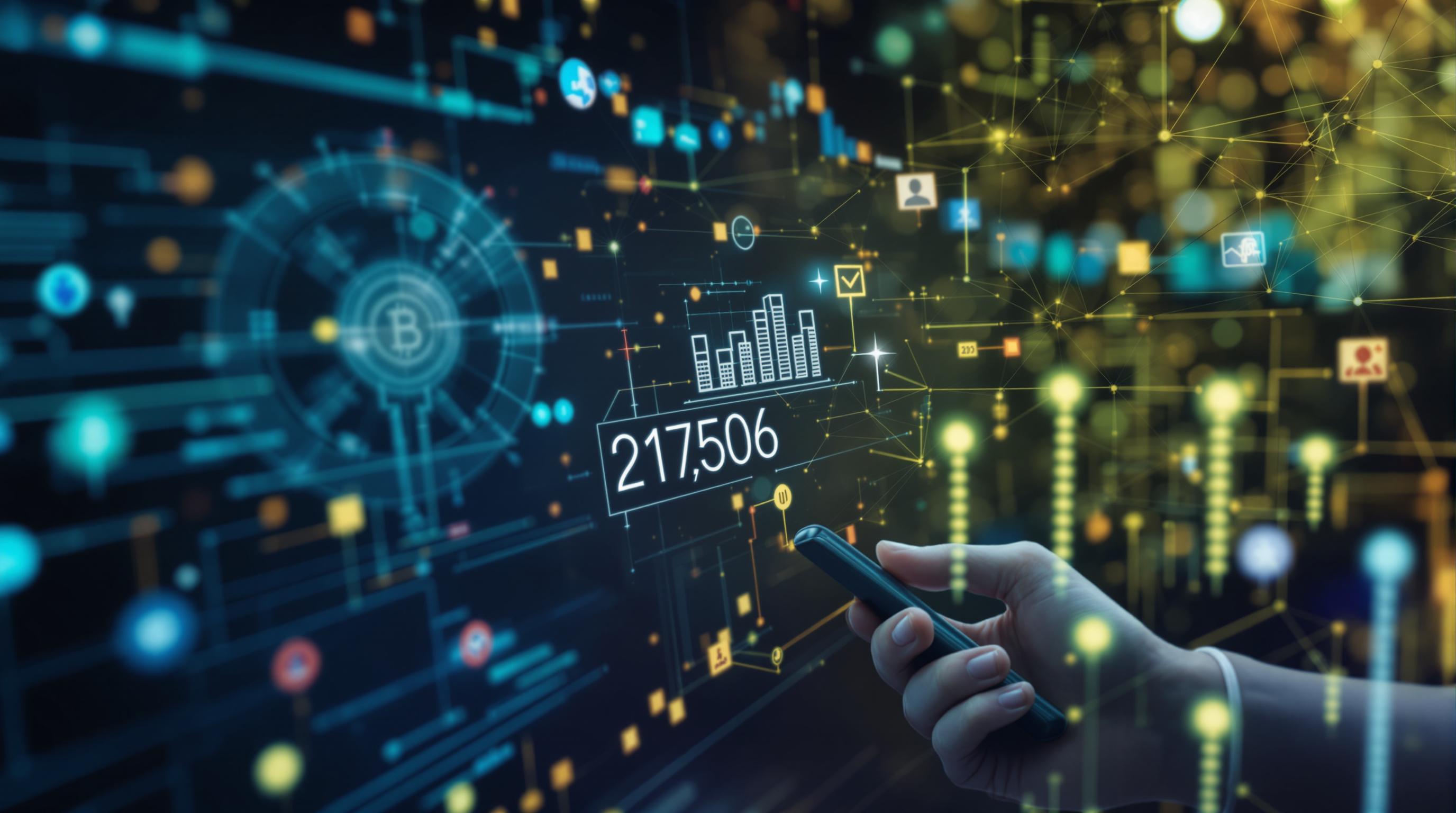Related Articles
- Top 6 Little-Known Medical Apps with User Interfaces That Actually Boost Patient Outcomes
- 5 Game-Changing Fitness Trackers from the Last 5 Years That Outperform Your Expectations
- Top 8 Breakthrough Portable Diagnostic Devices from the Past Five Years Revolutionizing Home Health Testing
- The Quiet Influence of Ancient Medical Records on Modern Healthcare Data Interpretation and Policy Making
- Top 6 Emerging Medical Coding Analytics Platforms from the Last Five Years for Data-Driven Decision Making
- Examining the Impact of Quantum Computing on Future Remote Healthcare Data Defense Strategies
The Unexpected Role of Ambient Sound Analysis in Predicting Mental Health Crises Through Mobile Apps
The Unexpected Role of Ambient Sound Analysis in Predicting Mental Health Crises Through Mobile Apps
Mobile apps are increasingly leveraging ambient sound analysis to detect early signs of mental health crises, providing a novel tool for timely intervention. This article explores the surprising role of sound in mental wellness monitoring, discusses technology capabilities, and shares real-world applications and challenges.
The Emergence of Ambient Sound Analysis in Mental Health
Imagine your smartphone not just as a communication device, but as a guardian listening to your environment to understand your psychological state. Ambient sound analysis harnesses machine learning algorithms to interpret sounds in a user’s surroundings — laughter, tone of voice, or even silence — to assess emotional well-being.
A Personal Story: When a Simple Sound Saved a Life
Consider Emily, a college student battling depression. One day, her mental health app detected unusual silences and low vocal engagement during a phone call with a friend. The app flagged potential distress and prompted Emily to reach out for support before a crisis could deepen. This practical example highlights how environmental listening can serve as an early warning system.
Why Sound? The Science Behind Audio Signals and Mental Health
Researchers have found that vocal features such as pitch, speed, and rhythm correlate strongly with mood states. For example, a 2019 study published in Nature Digital Medicine demonstrated that voice patterns collected passively via smartphones predicted depressive episodes with about 80% accuracy (Low et al., 2019). Beyond voice, ambient sounds like environmental noise, background chatter, or sudden silence can provide context clues about isolation or agitation levels.
The Data Behind Our Ears
According to the World Health Organization, over 280 million people worldwide suffer from depression. Considering many have limited access to mental health professionals, smartphone-based audio monitoring could bridge the gap. Apps can unobtrusively gather data, analyze patterns, and deliver actionable insights to users or clinicians.
How Does Ambient Sound Analysis Work Technically?
The technology involves continuous or scheduled recording of short sound snippets, processed using natural language processing (NLP) and acoustic analysis. Privacy concerns mean audio is typically converted into abstract features immediately—such as number of words spoken, emotion in tone, or types of background noise—without storing actual raw recordings.
A Closer Look: Leading Apps Using Ambient Sound for Wellness
Several startups and healthcare innovators have pioneered this concept. Take "SonicMind," an app that combines sound pattern recognition with mood journaling. Users reported a 35% improvement in timely coping strategies after consistent use. Meanwhile, "EchoCare" integrates sound analysis with wearable biosensors to enhance crisis prediction accuracy.
Statistical Snapshot
A 2022 survey found that 68% of users feel more supported knowing their app 'listens' to their environment for signs of distress (Mental Health Tech Report, 2023). Such trust, combined with the unobtrusiveness of ambient monitoring, makes this approach promising for younger and older cohorts alike.
Challenges and Ethical Dilemmas
However, this innovation isn’t without controversy. Privacy experts caution against the continuous collection of audio data, citing risks of breaches or misuse. Developers must balance user consent, data protection, and algorithm fairness. Furthermore, ambient sound cannot capture the full complexity of mental health—human oversight remains essential to avoid false alarms.
Legal Frameworks and Safeguards
Regulations like GDPR and HIPAA guide responsible data practices, but there is still a need for robust standards specific to AI-driven health apps. Transparent algorithms and regular audits are steps toward minimizing bias and building user confidence.
How You Can Leverage Ambient Sound Analysis
Even if you are not a tech developer, choosing apps with sound analysis features can empower your personal mental health toolkit. Combining audio-based insights with traditional methods such as therapy or medication can enhance self-awareness and promote earlier intervention.
A Fun Fact to Brighten Your Day
Did you know? Humans can identify over 10,000 different sounds, and our brains use those cues to subconsciously infer social and emotional information constantly. So in a way, your mental health app is tapping into a natural superpower — just with digital assistance!
The Future: Ambient Sound and Mental Health Monitoring in 2030
Experts predict integrating ambient sound with multimodal data—like facial expression analysis or biometric signals—will revolutionize mental health care by 2030. Personalized AI coaches, privacy-first design, and global accessibility could make early crisis detection the norm rather than exception.
In Closing: The Power of Listening
It's fascinating that something as commonplace as background noise can hold clues to our mental state. As mobile technology advances, the way we understand and support mental health could change profoundly, transforming silent struggles into heard stories.
References:
Low, D. et al. (2019). "Vocal biomarkers of depression: Stability over time and prediction of symptom severity." Nature Digital Medicine.
Mental Health Tech Report (2023). User Survey on Ambient Sound Features in Mobile Apps.
World Health Organization (2021). Depression Fact Sheet.


